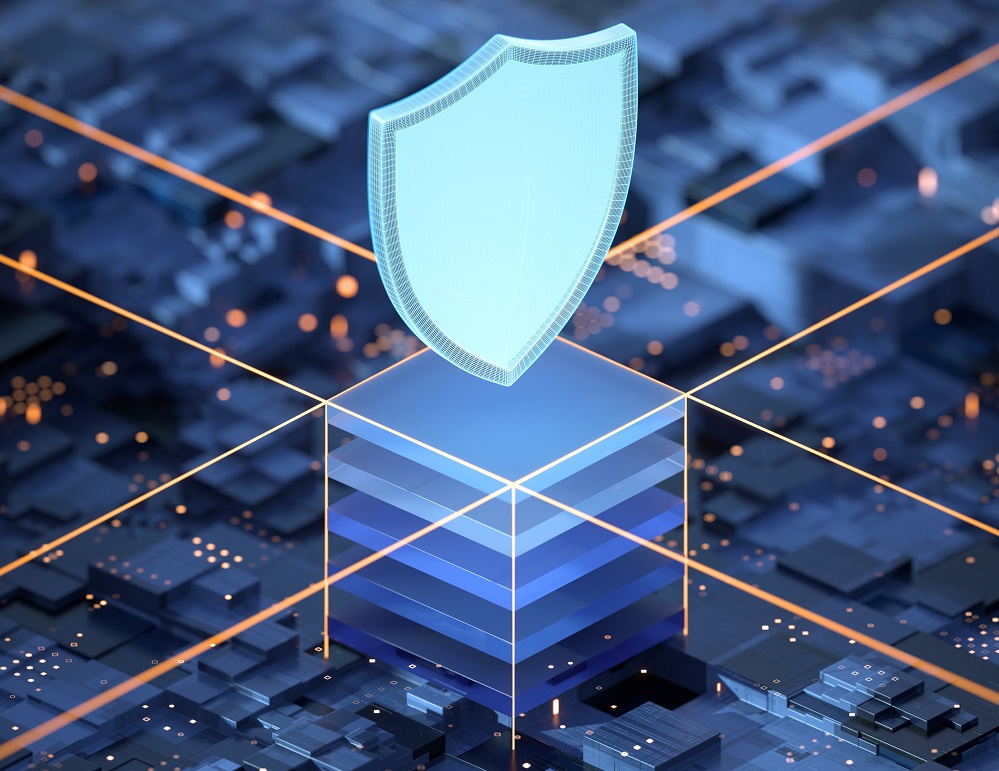Wie sneller wil innoveren in deze dynamische, evoluerende markt wordt gevraagd continu te leren en veranderen op het gebied van klantervaring, processen en technologie. Veranderen, om in staat te zijn op nieuwe manieren waarde toe te voegen voor klanten, omzet te verhogen en processen te optimaliseren. Voor ons vindt die verandering plaats in het vinden van de balans tussen gebruik van de mogelijkheden van de cloud, een datastrategie en digital capabilities. De combinatie van deze drie zaken maakt het mogelijk een digitale transformatie te realiseren.
Sneller innoveren dankzij de cloud
De gemiddelde IT-manager van een MKB+ organisatie geeft vaak zo’n 80-90% van zijn IT-budget uit aan het operationeel houden van datgene dat er al is. Daardoor blijft er maar beperkt ruimte over om te investeren in innovatie. Innoveren is experimenteren en ineffectief experimenteren kost vaak veel geld. Met cloudtechnologie krijg je de mogelijkheid om experimenten uit te voeren tegen lage kosten en om de stekker uit een experiment te trekken wanneer het niet brengt wat je ervan had verwacht. De cloud is onmisbaar voor wie wil groeien en onomstotelijk onderdeel van digitale transformaties.
De cloud als accelerator bij Dat. Mobility
De mogelijkheden van de cloud als innovatieversneller zijn bijvoorbeeld duidelijk zichtbaar bij onze klant Dat.mobility. Deze organisatie heeft haar snelheid en wendbaarheid vergroot en is dankzij AWS cloudtechnologie in staat sneller te reageren op behoeften uit de markt. Peter Kant, innovator, strateeg en product owner bij Dat.mobility:
“Luminis heeft ons ondersteund bij het verkennen van een transformatiestrategie richting de AWS-cloud en alles wat daarbij komt kijken: het borgen van de belangen van interne en externe stakeholders, het uitwerken van mogelijke transitiepaden, het opstellen van conceptuele (cloud)architecturen, het uitvoeren van sizing en het opstellen van business cases. Alles bij elkaar stelde dit ons in staat de juiste knopen door te hakken om beter te kunnen voorzien in de behoeften van onze klanten.”
De impact van een goede datastrategie
Ter aanvulling op een transitie naar de cloud is voor de meeste organisaties ook een goede datastrategie essentieel om innovaties te realiseren. Succesvol zijn nu en in de toekomst begint bij het slimmer inrichten van data. Daarom kijken wij niet naar de applicaties die worden gebruikt, maar naar de beschikbare data, want daarin zit de echte waarde. Met onze modulaire datastrategie zorgen we voor gecontroleerde beweeglijkheid, wat onze klanten in staat stelt sneller te beschikken over de juiste data.
Van data tot consequentie van de Energietransitie bij Omons
Een goed voorbeeld hiervan is onze klant Omons, een initiatief om de betrokkenheid van burgers bij de energietransitie te ondersteunen. In iedere gemeente gelden andere regelgeving, doelstellingen en voorwaarden, denk bijvoorbeeld aan belastingtarieven of kostprijs per kWh. Omons vroeg Luminis te helpen met het vinden van een manier om een grote hoeveelheid data, gecombineerd met complexe berekeningen, behapbaar te maken voor burgers. Het platform moest bruikbaar zijn voor mensen uit verschillende gemeentes, maar wel aanpasbaar aan de verschillen op gebied van wet- en regelgeving. Aan de hand van workshops ontwikkelden wij een cloudgebaseerde oplossing, die bijdraagt aan het verhogen van de betrokkenheid van de burgers, mogelijke kostenbesparingen identificeert en communiceert.
AI maakt wetenschap realiteit bij Whispp
Whispp is een cloudgebaseerde spraakoplossing gerealiseerd met kunstmatige intelligentie, die het voor stotteraars of mensen met een stemaandoening mogelijk maakt een ontspannen en (bijna) vloeiend gesprek te voeren. De audiotechnologie past het geluid van jouw spraak op de smartphone of laptop digitaal aan. Denk aan live gesprekken, telefoneren of videobellen. Luminis is vanaf het eerste onderzoek, samen met patiëntenverenigingen, medisch specialisten en universiteiten, bij de creatie van het product betrokken geweest: van het omzetten van ideeën en hypotheses naar een waardevol spraakoplossing die nota bene schaalbaar is.
The missing link: Digital capabilities
Een digitale transformatie is naast een technologische ook een organisatorische verandering. In aanvulling op het implementeren van de benodigde technologie is ook in-house kennis en expertise nodig om in de toekomst te blijven innoveren. Denk hierbij aan vraagstukken op gebied van security, het beter toegankelijk maken van data en het implementeren van een Agile manier van werken zodat waarde-creatie effectiever en sneller gerealiseerd kan worden.
Om te blijven innoveren op productniveau en klanten te voorzien in wat ze nodig hebben is het belangrijk te blijven werken aan de kennis en expertise van eigen mensen. Dit doen wij bijvoorbeeld door middel van gamification van kennis met Cloud: the Game en de Cloud Proficiency App, maar bijvoorbeeld ook met ons Accelerate traject, waarin we samen met verschillende partners de techleiders van de toekomst opleiden.
Groeimogelijkheden voor iedere organisatie
Groeimogelijkheden ontdekken, benutten en helpen realiseren. Dat is ons speelveld. We blinken uit in creativiteit, visie op gebied van cloud en data en de uitvoering van digital transformation trajecten. We voegen strategisch denk- en uitvoeringsvermogen toe aan organisaties en helpen tegelijkertijd in kennisontwikkeling. Zo realiseren we versnelling van innovatie en groei voor organisaties die klaar willen zijn voor de toekomst.
Over Luminis
Al 20 jaar staat Luminis voor innovatie, creatieve ideeën en dingen net even anders doen. Dat maakt ons de innovatiepartner voor bedrijven die willen innoveren. Wij zijn een team nieuwsgierige geesten en diverse persoonlijkheden, trots om onze klanten van dienst te zijn in het slimmer inrichten van data en gebruikmaken van alle mogelijkheden die de Cloud biedt. We helpen graag met het ontdekken en realiseren van jullie potentieel.









